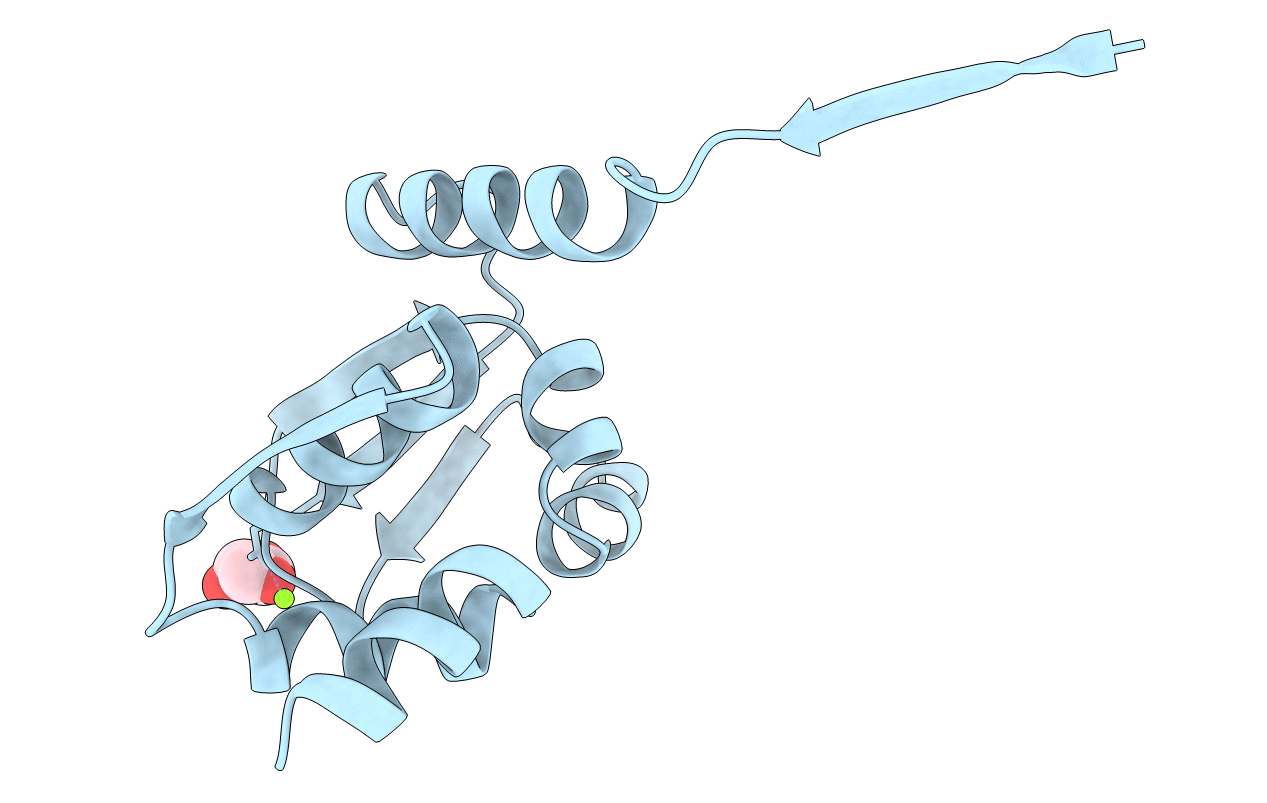
Deposition Date
1999-08-16
Release Date
1999-08-27
Last Version Date
2024-02-07
Entry Detail
PDB ID:
1CS3
Keywords:
Title:
STRUCTURE OF BTB/POZ TRANSCRIPTION REPRESSION DOMAIN FROM PROMELOCYTIC LEUKEMIA ZINC FINGER ONCOPROTEIN
Biological Source:
Source Organism:
Homo sapiens (Taxon ID: 9606)
Host Organism:
Method Details:
Experimental Method:
Resolution:
2.00 Å
R-Value Free:
0.27
R-Value Work:
0.22
R-Value Observed:
0.22
Space Group:
I 2 2 2


